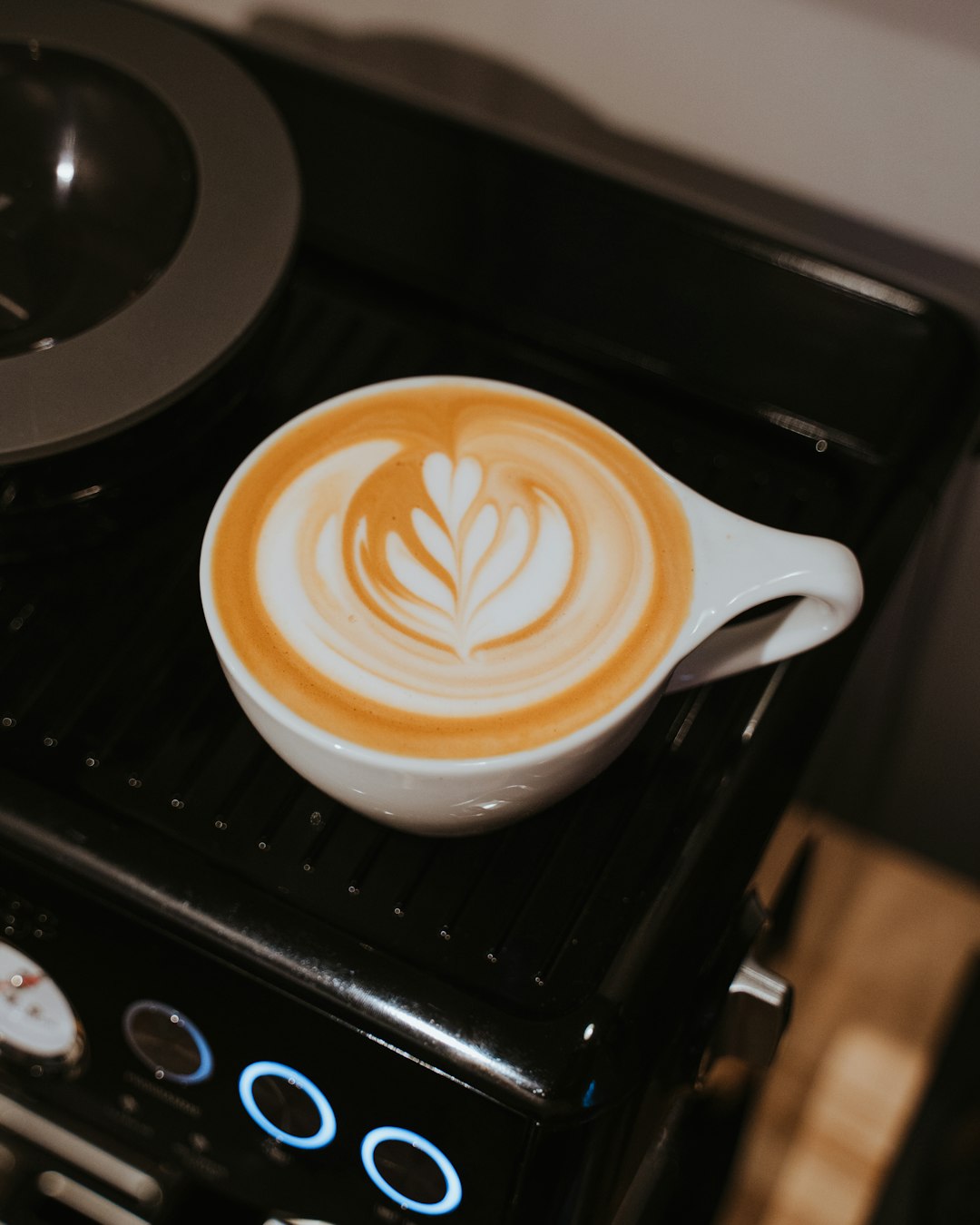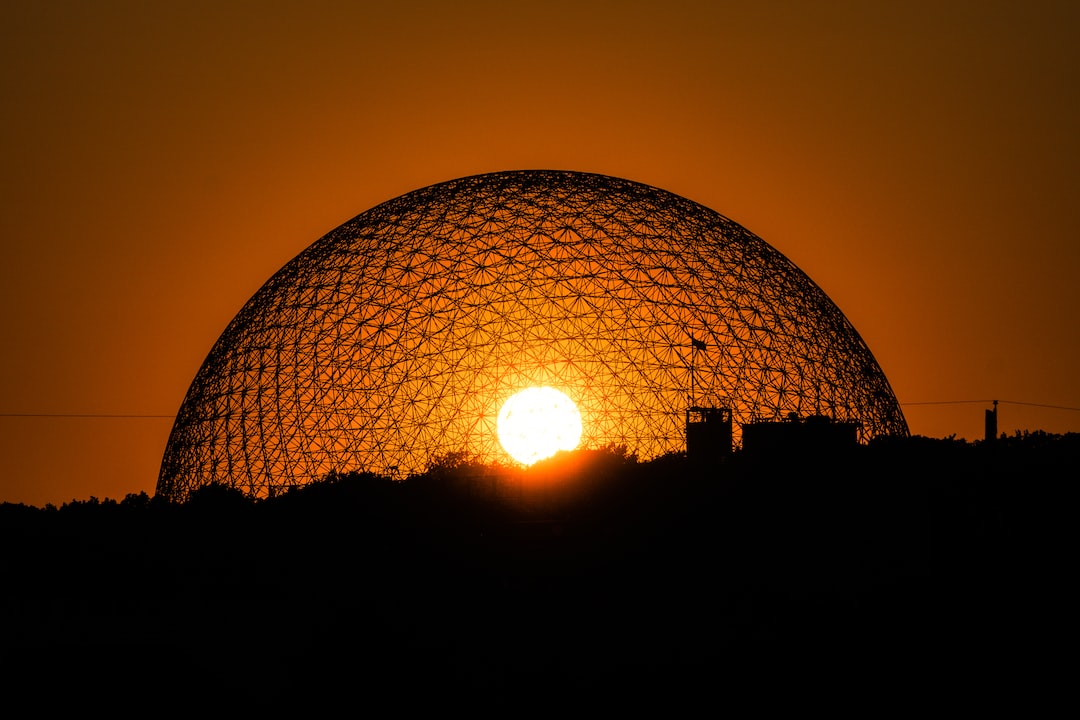Ultrasonic Brewing
by Odd Fare Affairs
Why Ultrasonics?
Ultrasonics can enhance extractions in a number of ways. We bring this to you through the production of our concentrate bottles which we have at events in San Diego and shipped to anywhere in the US.
- No bitterness or acidity
- Long lasting
- Exotic ingredients
- Low temp brewing
- Quick drink preperation
- Higher caffeine (when present)
- Higher fiber

The best quality ingredients, extracted with special care
Ultrasonics as a process will not make bad coffee good coffee. In this we learned a lot. We are sure to start with high quality ingredients and heavily craft any recipe that ends up on our metaphorical shelves.

Exotic Ingredients
Ultrasonics are capable of extracting from woods with greatly enhanced efficiency. This allows us to use woods that can be infused with various spirits to make alcohol free, cask infused brews.
They are also known to extract well from peels and excellently preserved the extracted oils.

Quick & Easy Drink Prep
Our drinks can be made hot or cold. To make a cup (8 oz.), simply add a tablespoon (.5 oz) of the concentrate to hot or cold water. It can also be added to existing beverages to enhance flavor and mitigate bitterness.
Our drinks are good for 1 year stored in the fridge from the manufacture date. This process removes oxygen and other gases from the solution, greatly enhancing shelf stability.

More Natural Sugars, Fats
Our process preserves more sugars and fats that would otherwise be damaged at higher temperatures or without ultrasonic treatment. This results in a smooth cup everytime, saving you the trouble.
Fiber-full Fun
Our brewing method allows for enhanced inclusion of insoluble particles and, conseqently, insoluble flavors. Surprisingly, the resulting grounds are not bitter at all and are much easier to consume than normal grounds. Like a turkish coffee. In addition to the particle formation, we preserve flavors within the grounds as well as the solution. Finally, killing of organisms that could also excrete unsavory flavors leads to a unique brew with tons of fiber for your morning, or otherwise timed, rituals.

Ultrasonics in Depth
Ultrasonics is a different way of extracting coffees and teas than current methods of long, cold brewing and hot brewing. Instead of temperature, we rely largely on radical formation (like thermal heating can create) and physical destruction originating from microscopic implosions. These implosions form due to extremes in pressure which are generated from a piece of lab equipment, an ultrasonicator. These machines have metal walls that vibrate very fast (>20,000 times a second) and very powerfully to create this brewing effect. Our company logo shows the beginning stages of this, with a microscopic bubble in the center of violently churning water about to implode.
Ultrasonics are commonly used in a number of industries. Whisky producers use ultrasonics to speed age their product. Dentistry has used ultrasonics to clean equipment of microorganisms. Machine shops use ultrasonics to clean parts of material efficiently in a way that doesn’t damage the part. Biochemists use ultrasonic to extract active enzymes from various cells. While ultrasonics is often used in the food industry, its use commercially for extracting coffees and teas is relatively unexplored.
A problem with hot brewing is increased chances of elevated temperatures destroying flavorful or texture promoting molecules in a coffee or tea. On the other hand, cold brews have a problem with microorganism consuming flavorful molecules during the brewing process alongside long term exposure to reactive oxygen.

REFERENCES
Applications of power ultrasound in food processing
https://pubmed.ncbi.nlm.nih.gov/22349129/
Applications of ultrasound in food and bioprocessing
https://pubmed.ncbi.nlm.nih.gov/25219872/
Ultrasound-assisted extraction of some branded tea: Optimization based on polyphenol content, antioxidant potential and thermodynamic study
Artistic Analogies to Ultrasonic Implosions




Us At Events!
Our goal is to introduce people to this method of brewing. To do this, at our events we are sure to provide plenty of free samples so that everyone can try and perhaps buy our bottled concentrate.
Feel free to join us to chat about science, coffee, the weather, whatever. If you can't nerd out here about these kind of thing here, where can you?
Contact Us
For any problems, concerns, questions, or order information we welcome you to email Mark Wallen at Mark@OddFareAffairs.com
Our instragram can be found at @OddFareAffairs










